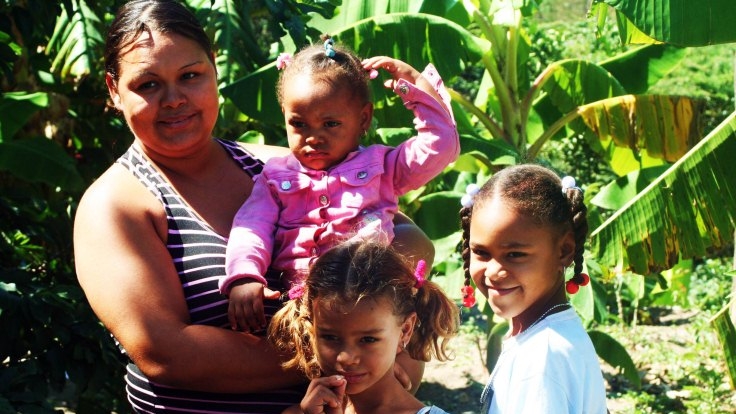Challenge
Following the domestic financial crisis of 2003, which significantly exacerbated poverty, the Dominican Republic recovered to enjoy strong economic growth which averaged 9.5 percent during 2005-2007. Unlike most economies, the country was able to avoid recession in 2009 amid a wider international crisis. But slower growth threatened fiscal sustainability as lower revenues squeezed priority sectors and limited the reduction in poverty.
Solution
The Public Finance and Social Sector Development Policy Loan (DPL) and the first of the series of Performance and Accountability of Social Sectors (PASS) DPLs, aligned with the Country Partnership Strategy and the National Strategy for Development of the Dominican Republic, were signed in November 2009 (the second and third DPLs of the PASS series were approved in November 2010 and November 2011).
These loans aimed to improve the quality and efficiency of public spending, and mitigate the impact of the ongoing global economic crisis on the Dominican Republic´s public finances. They sought to fundamentally reshape the social protection system to reach those most in need while making efficient use of scarce public resources. The focus was on promoting greater efficiency and impact of public resources through better targeting, improved quality and better management.
The policy measures adopted to achieve these objectives included rationalizing social protection programs, reforming the CCT program Solidaridad to promote greater investments in human capital, improving targeting through the use of the Unified Beneficiary System (SIUBEN) by programs for the poor and through updating the database, promoting investments in basic social services targeted to areas where gaps existed for the poor, and promoting reforms in the management of social expenditure through performance agreements, increased transparency, and multiannual budget and investment planning.
Results
In terms of improving fiscal sustainability, universal subsidies on gas and electricity were replaced by targeted subsidies, and the government raised electricity tariffs and lowered the consumption ceiling below which electricity is subsidized. At the time of its dismantlement in 2010, the previous system provided free electricity to 450,000 households who lived in the targeted geographic areas (but only 44 percent of these households were estimated to be poor).
The scheme was replaced by a targeted subsidy, using the national targeting system to identify those eligible for support, reducing drastically the cost of subsidies while protecting the poor. By 2012, 536,000 poor households benefited from the Bonoluz subsidy (which is equivalent to 100 kWh of electricity per month).
More than halving the consumption ceiling for subsidized electricity, the electricity tariff helped reduce electricity losses, though higher oil prices and increased consumption offset these gains (as a result, government transfers to the electricity sector rose to 1.3 percent of GDP in 2010, up from 1.1 percent in 2009). Other measures to improve fiscal sustainability have achieved progress, including through tax administration measures that reduce evasion.
Conditional cash transfer program Solidaridad expanded to cover 90 percent of the extreme poor and 80 percent of the poor by end 2012, providing incentives for families to invest in the human capital of their children while protecting their consumption. In the health sector, the number of beneficiaries in the subsidized health insurance regime increased sharply to cover 73 percent of the poor in 2012.
Furthermore, in addition to the Bonoluz program described earlier, over 766,000 poor households receive targeted gas subsidies through the Bonogas program, to defray the increase in tariff and protect their welfare. Finally, significant investments in basic health and education services in areas where the beneficiaries of the CCT program were lacking access have helped promote improved human development outcomes.
In terms of systemic changes, efforts have changed the panorama for social protection in the country. In particular, the country has developed a national targeting system (SIUBEN) used by multiple programs to target the poor (including among others the CCT program, the electricity and gas subsidy, and the subsidized health insurance regime).
In addition, the Administrator of Social Subsidies (ADESS) has centralized multiple transfer programs – including the electricity and gas subsidy, the CCT, programs supporting the elderly, higher education grants, etc. – using the Solidaridad debit card, which increased the efficiency of payment (significantly reducing costs) while limiting risks of fraud, since transactions are electronically controlled. These tools were critical investments for an efficient and effective social protection system. Progress in results-informed budgeting in health and education are also important steps for greater efficiency.

